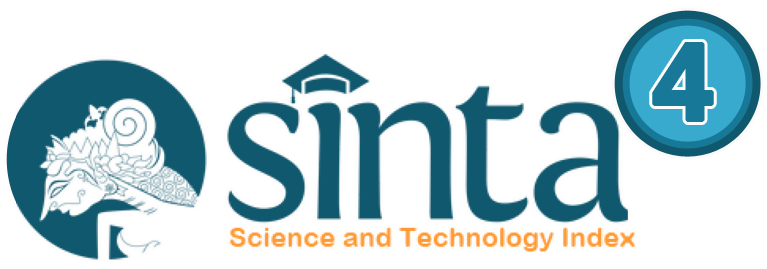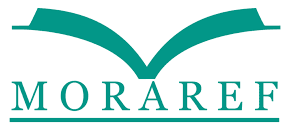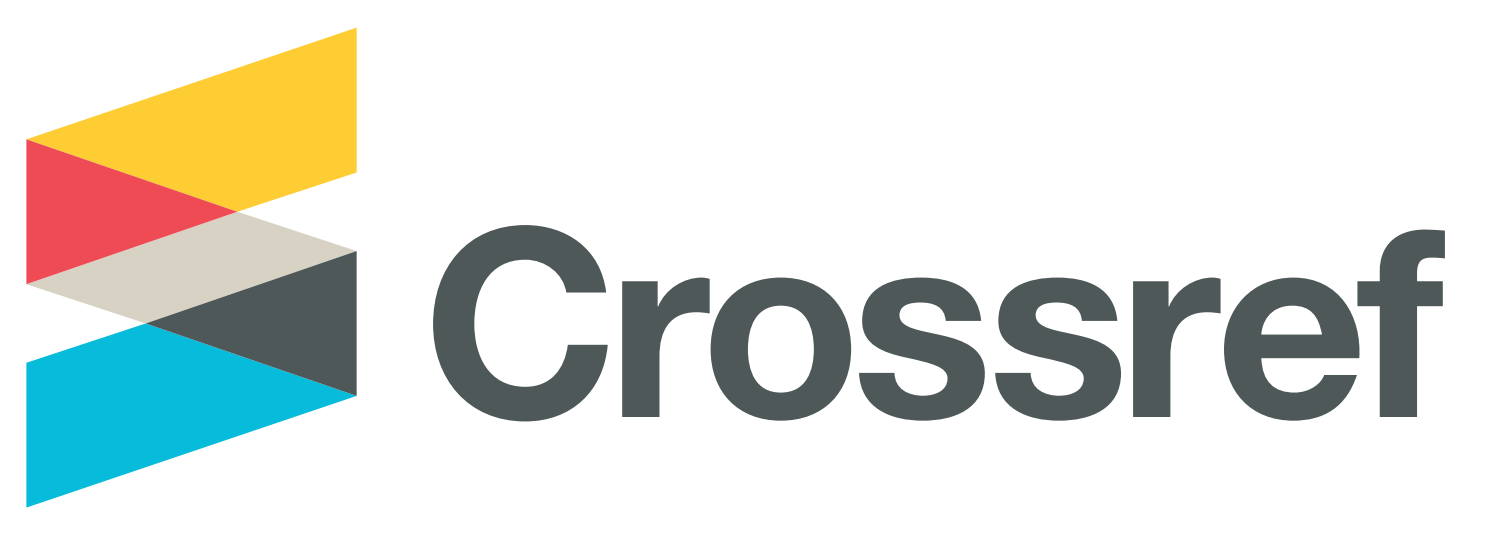Media Framing in Responding to Articles on Blasphemy Through Islamic Newspapers in 1918-1919
Framing Media Dalam Merespon Artikel Penistaan Agama Melalui Surat Kabar Islam Tahun 1918-1919
Abstract
This research examines the responses of Islamic press, including Oetoesan Hindia, Medan Moeslimin, and Islam Bergerak, to the controversial religious blasphemy published by Djawi Hiswara's newspaper in 1918. The research employs historical methodology and a journalistic approach with framing analysis popularized by Robert M. Entman. Primary sources are drawn from the National Library of Indonesia, complemented by secondary sources such as books, journals, and theses. The results reveal variations in the internal responses of the Muslim community, influenced by backgrounds and conflicts of interest. Oetoesan Hindia demonstrated its firm stance against Djawi Hiswara, demanding punishment for the controversial editor and writer. Tjokroaminoto, through Oetoesan Hindia, seized the opportunity to consolidate SI members, resulting in the formation of Tentara Kandjeng Nabi Muhammad. While Medan Moeslimin and Islam Bergerak supported punishment, both newspapers criticized the slow movement of TKNM and the central Sarekat Islam. Internal conflicts escalated, with Haji Misbach criticizing Muhammadiyah and the SI Center for their perceived sluggish response to the Djawi Hiswara case. Eventually, Djawi Hiswara's conflict faded from media coverage, replaced by more crucial issues within the internal Muslim community. Martodharsono was freed from legal entanglements, and Djawi Hiswara's newspaper ceased publication in 1919















